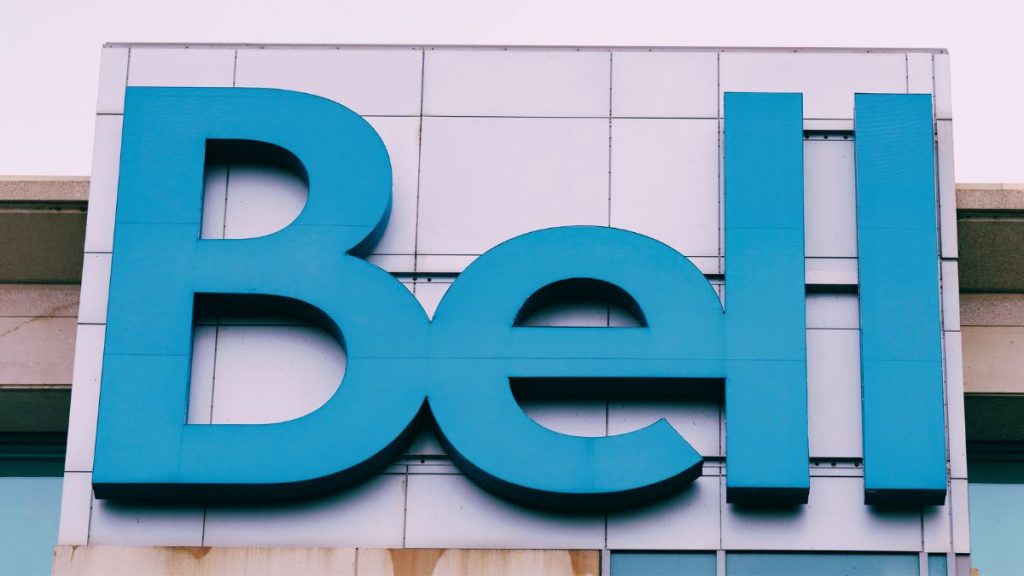Bell is finally catching up in the Wi-Fi race. Following Rogers in June and Telus in July, the provider has begun rolling out its Giga Hub 2.0 with Wi-Fi 7 for customers in Ontario and select areas of Quebec.
A no-compromise approach to connectivity
On paper, the new modem impresses, with a 10 Gbps port, two 2.5 Gbps ports, and two 1 Gbps ports, enough to satisfy even the most demanding setups. Additionally, the 10 Gbps port makes it much easier to use a personal modem for those who prefer their own equipment.
However, Bell remains true to its usual approach when it comes to software simplicity. While the provider promises an “enhanced experience” for setup, it seems unlikely that the bridge mode has become more accessible to the average user.
A pricey upgrade
Existing Bell customers can indeed upgrade their old Giga Hub, but it comes at a cost: either $7 per month or a one-time fee of $199.95. The only exception is for those switching to 3 Gbps plans, who receive the new modem for free.
However, the question remains: is now really the right time? The true benefits of Wi-Fi 7 rely on MLO (multi-link operation) technology, which allows the simultaneous use of all three Wi-Fi bands. Currently, very few devices support this feature.
MLO: the promise still waiting
Apple’s iPhones do not support MLO, despite being Wi-Fi 7 compatible. On the other hand, the new Samsung devices and the Pixel 10 Pro include it, although some Pixel users disable the feature due to its high battery consumption.
Bell may be arriving late to the market, but perhaps at the right time. Wi-Fi 7 infrastructure is rolling out while the ecosystem of compatible devices gradually expands. For most users, the upgrade can still wait a little.





